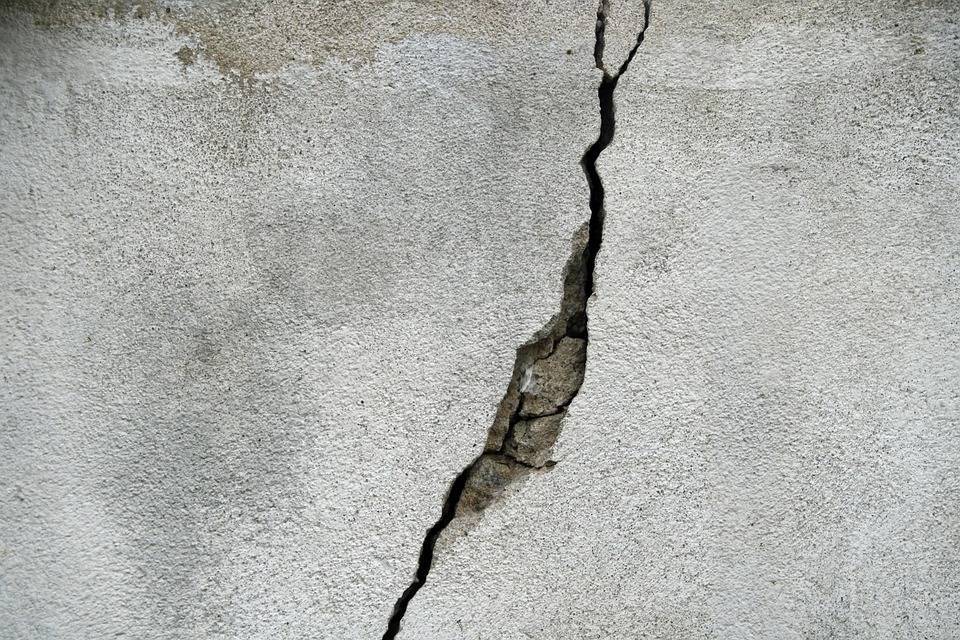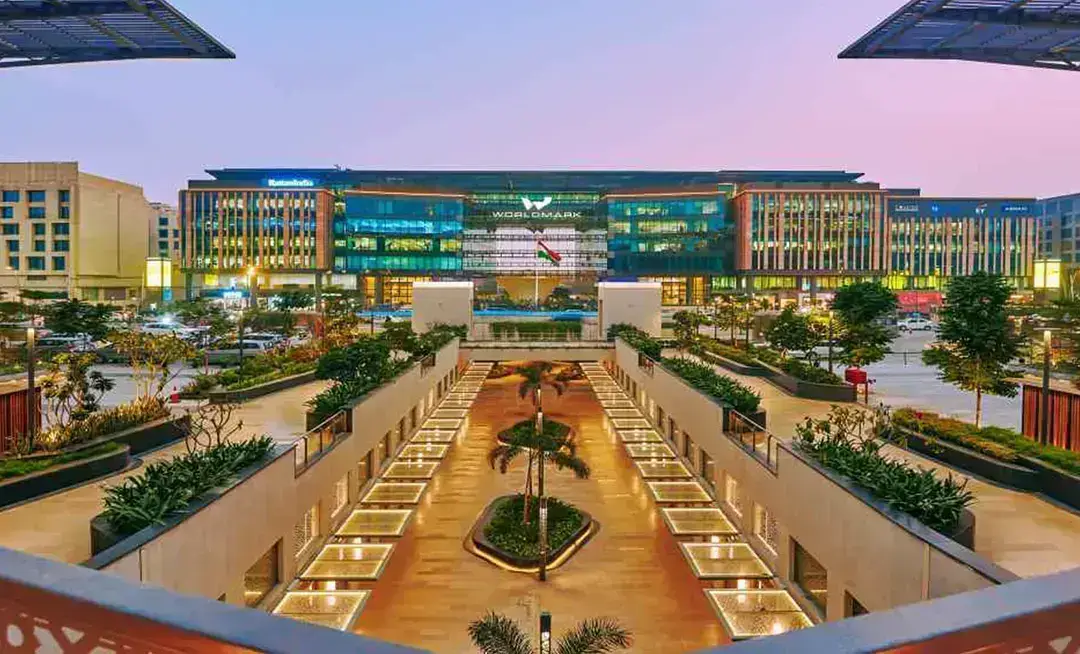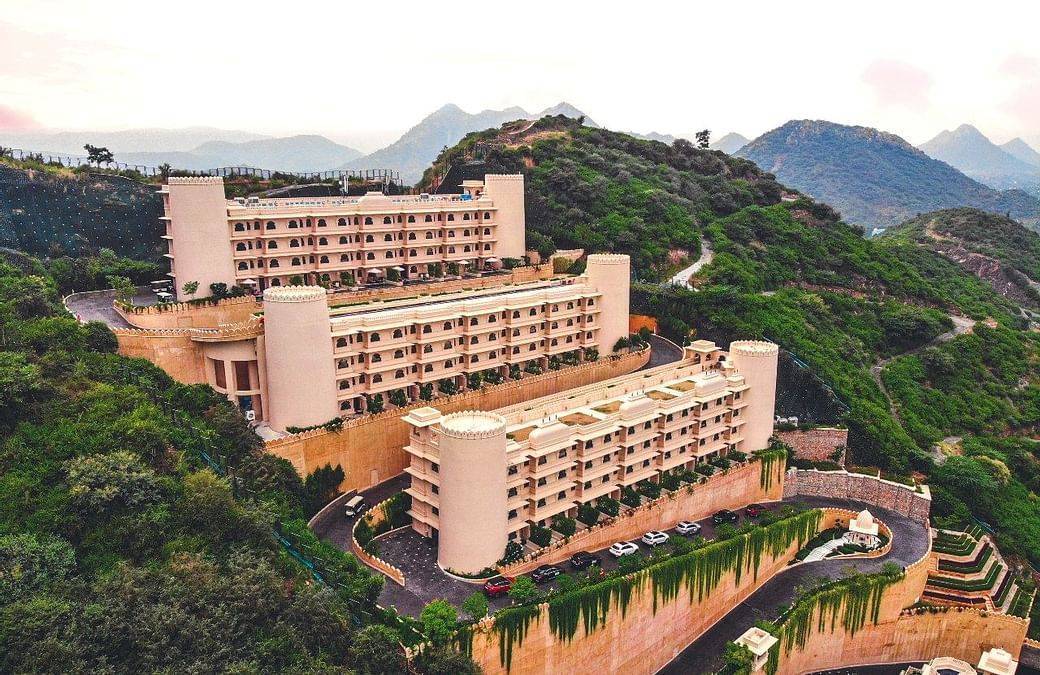Chief Minister Mamata Banerjee on Friday urged councillors of the Kolkata Municipal Corporation (KMC) to take serious note of the September 23 deluge and ensure that all new high-rise buildings in the city were equipped with proper drainage facilities. The CM’s remarks came during an administrative meeting, where she highlighted poor drainage infrastructure as a major cause of waterlogging in several high-rise complexes across Kolkata.
CM Banerjee said the September flooding had served as a lesson for civic authorities and builders, stressing that the city’s growing skyline must be supported by efficient underground drainage and water discharge systems. “This time, water accumulated in several high-rises because those who constructed them did not carry out dredging properly,” Banerjee had said. “Many builders also failed to submit proper documentation. Large buildings should have car parking and water evacuation systems. If these are not in place, how will the water be pumped out?”, she added.
The Chief Minister directed councillors to strictly monitor and verify all necessary infrastructure facilities before granting completion certificates. “You must check that every establishment has proper facilities once construction is complete,” she had added, warning that negligence would not be tolerated in the future.
She also announced compensation and government jobs for the kin of those who had lost their lives due to electrocution during heavy rains in September. “Ten people died in Kolkata a few days ago due to electrocution. Two others also died in South 24 Parganas. We have handed over jobs to their family members,” she had said.
She expressed condolences to the bereaved families and assured them of continued state support. The move, she explained, was part of the government’s broader initiative to assist disaster victims and prevent such incidents in the future through improved civic preparedness and infrastructure.
Focus on North Bengal Reconstruction
Turning her attention to North Bengal, which had witnessed widespread devastation due to recent floods and landslides, Banerjee said the government had completed the distribution of basic relief materials — including food, clothing, school supplies, and kitchen kits — across the affected districts. However, she emphasized that the main task now was to rebuild damaged infrastructure such as bridges, culverts, and schools.
“Before Diwali and Chhath Puja, we tried to stand beside those who suffered. Relief materials were sent thrice already. But true rehabilitation means rebuilding. If you want to help, focus on reconstructing the bridges, culverts, and schools that have been damaged,” CM Banerjee had said.
The Chief Minister lauded the efforts of police personnel, civil service officers, ASHA workers, fire brigade staff, and power department teams, who had played a crucial role in saving lives and providing relief during the North Bengal disaster. “Our officers and field workers have done extraordinary work in extremely difficult conditions,” she had noted, adding that her government planned to present awards to many of them for their “tireless service.”
She also announced a ₹10,000 incentive for ASHA and ICDS workers to help them purchase smartphones, enabling better coordination and communication during emergency operations.
CM Banerjee’s message to civic officials was clear, as Kolkata’s urban landscape grew taller, so must its preparedness against climate-induced challenges. Her warning reflected growing concerns over unplanned construction, blocked drainage systems, and inadequate flood management in many parts of the city.









.png)